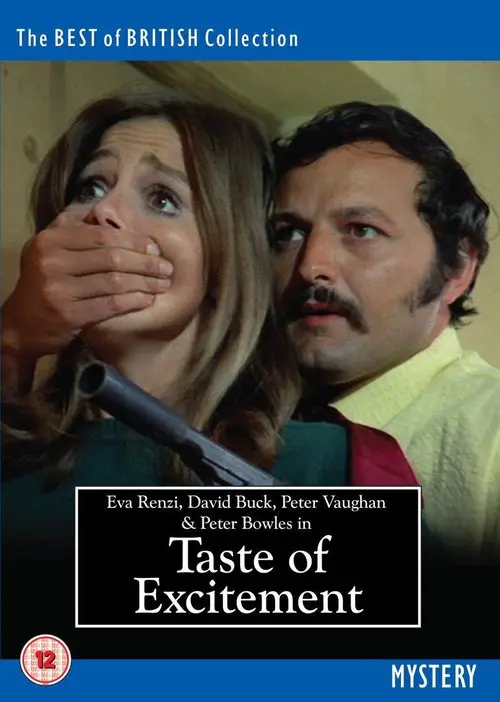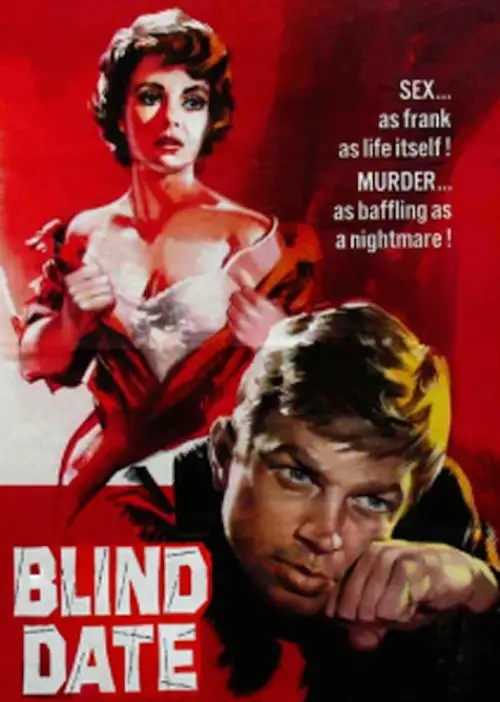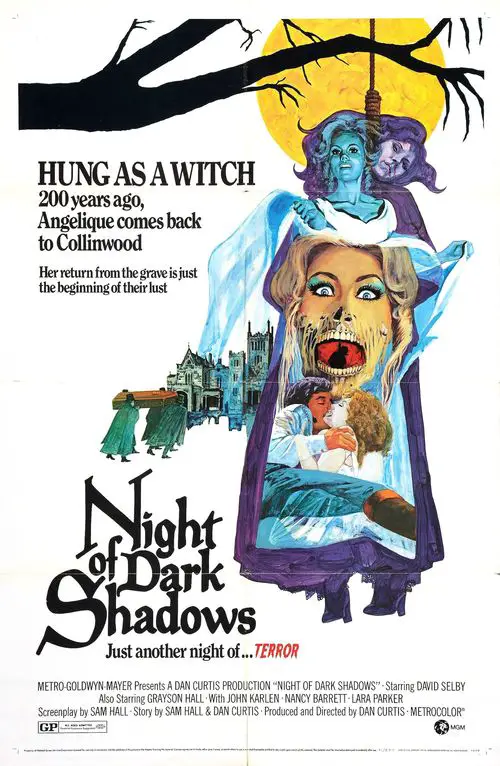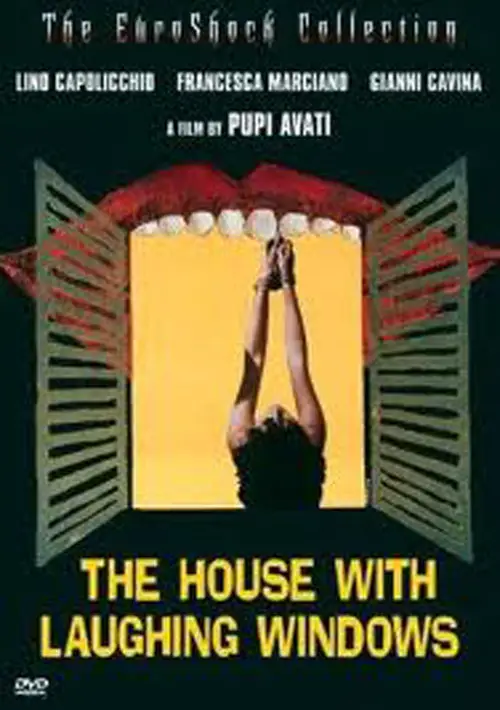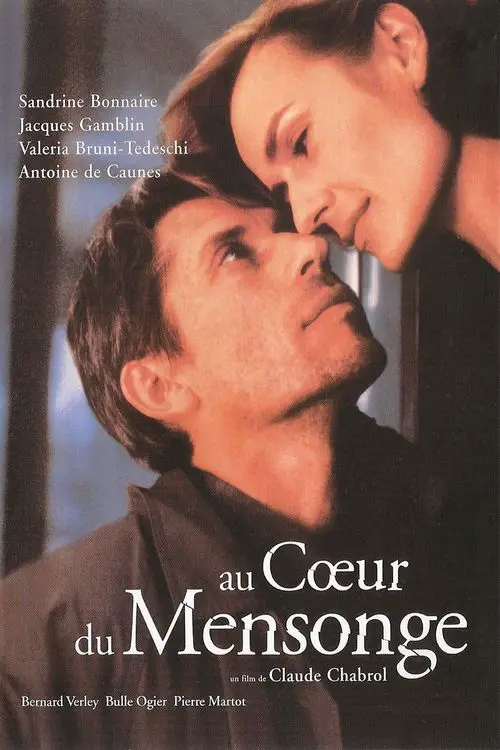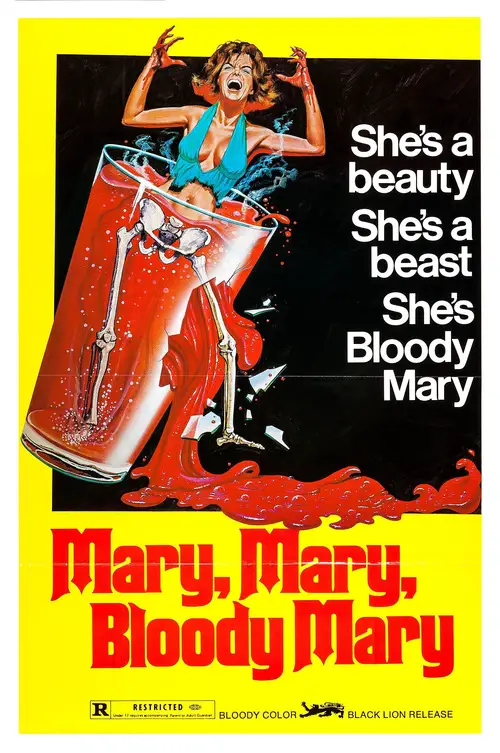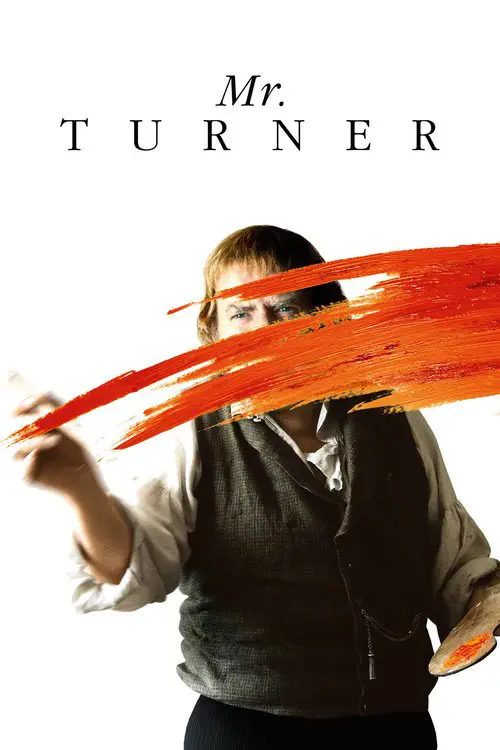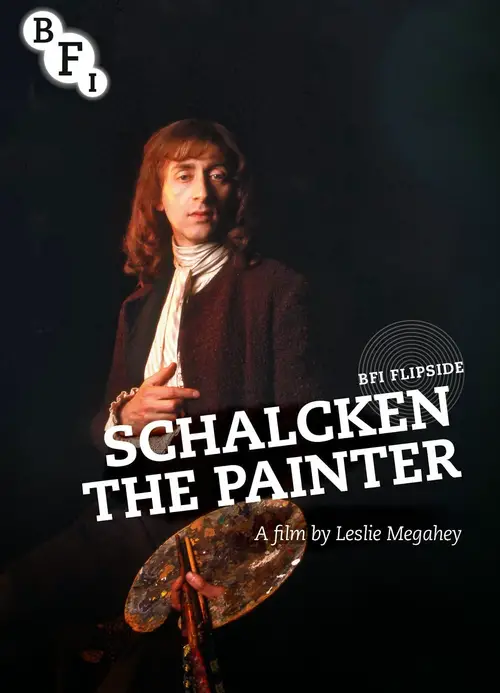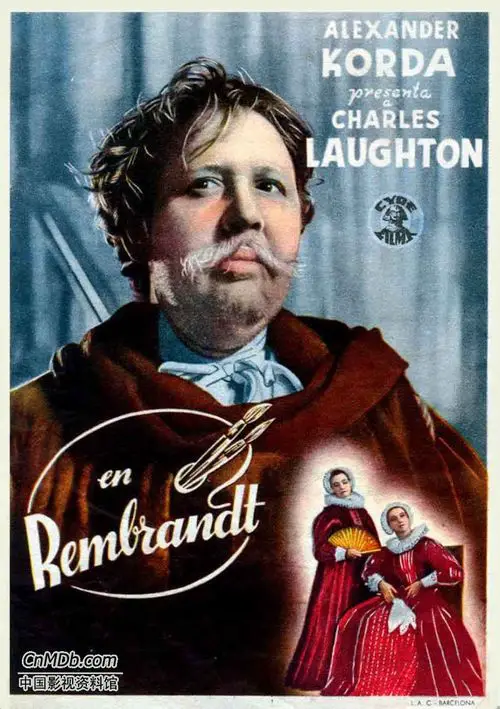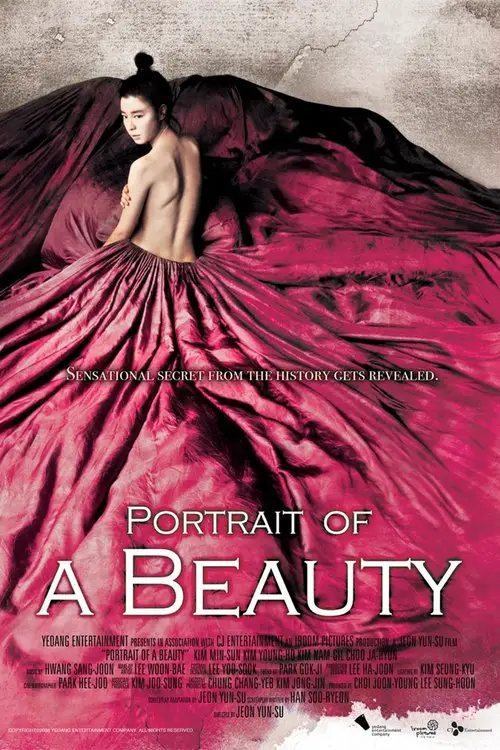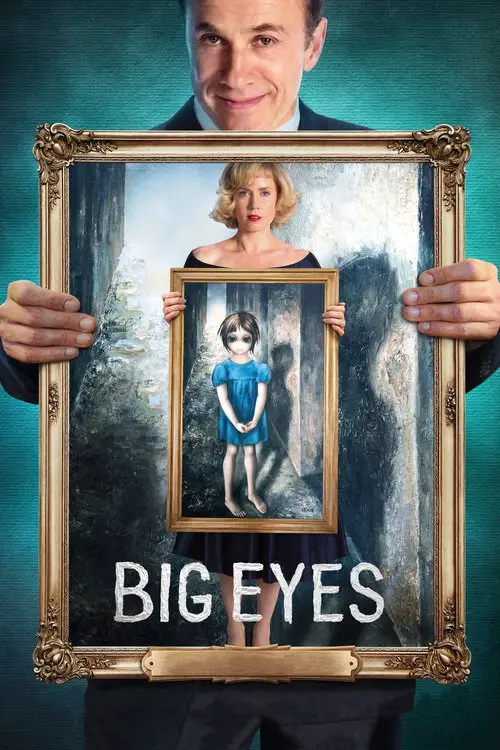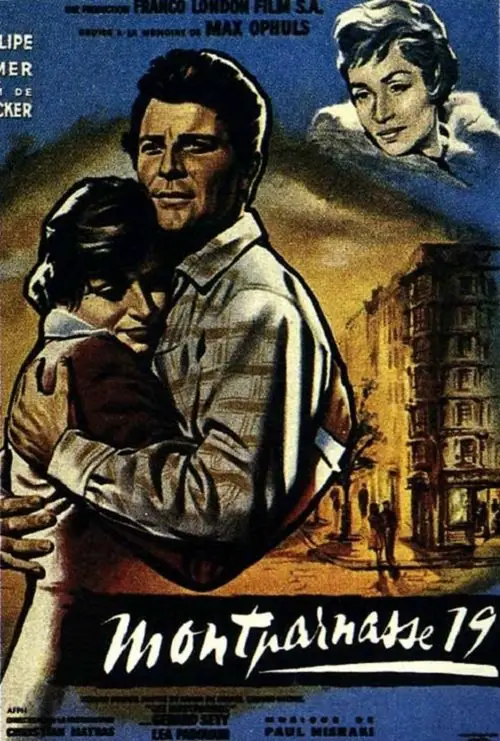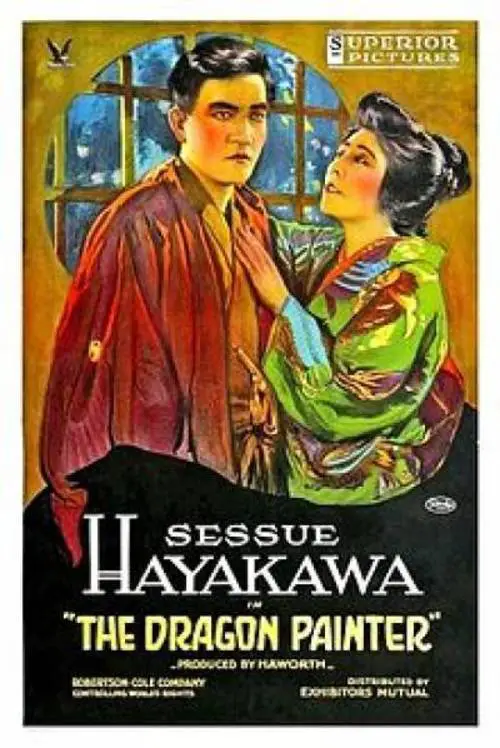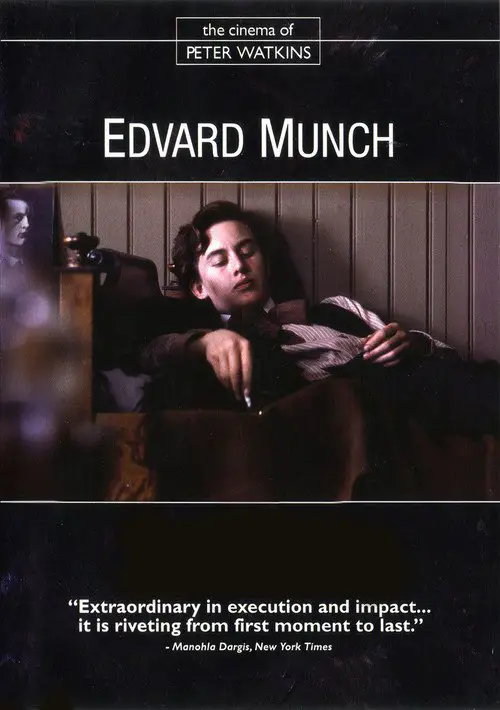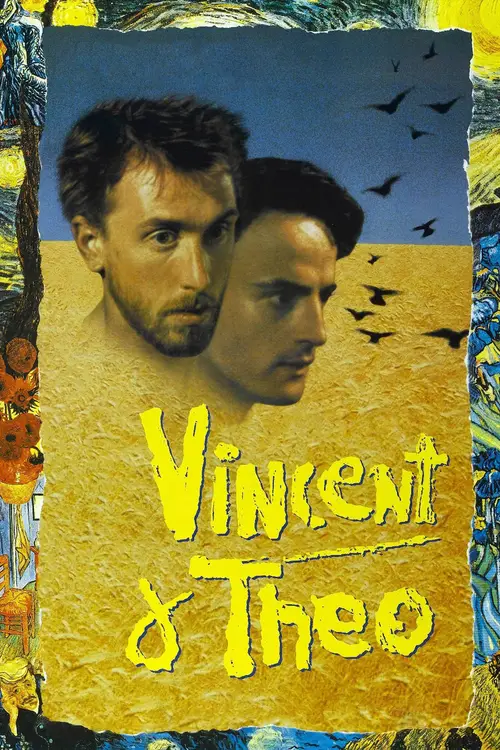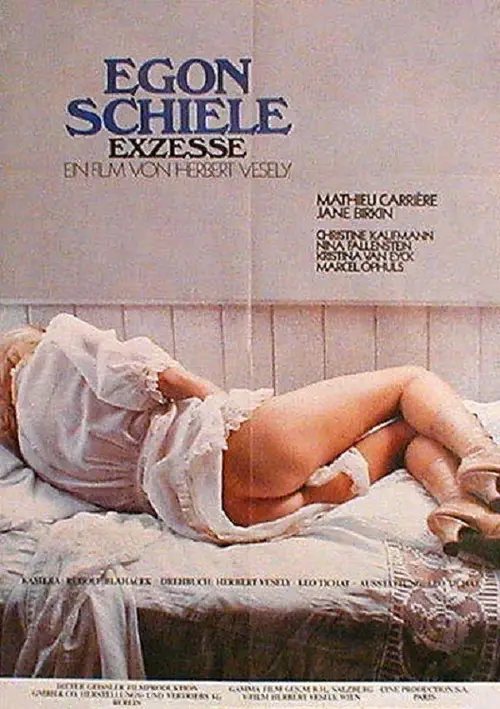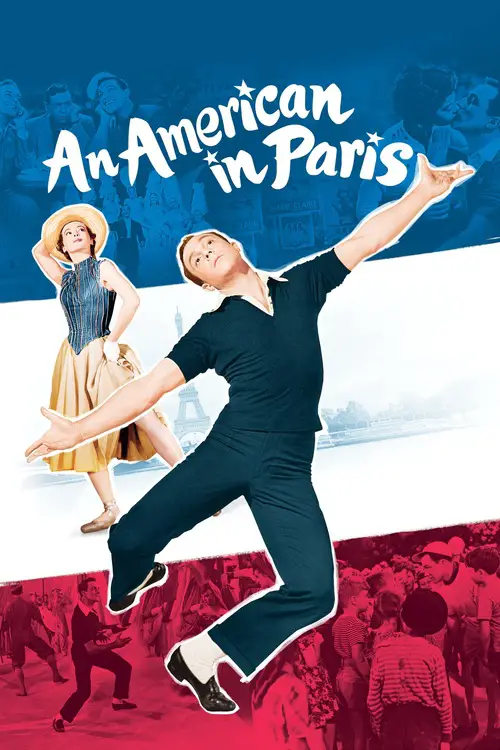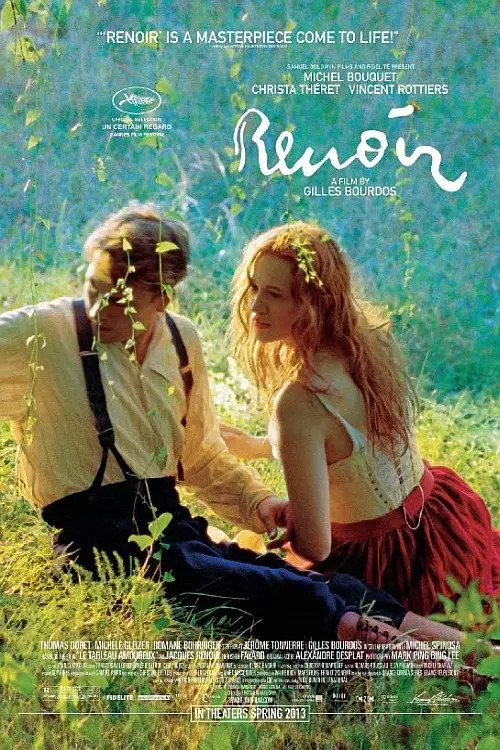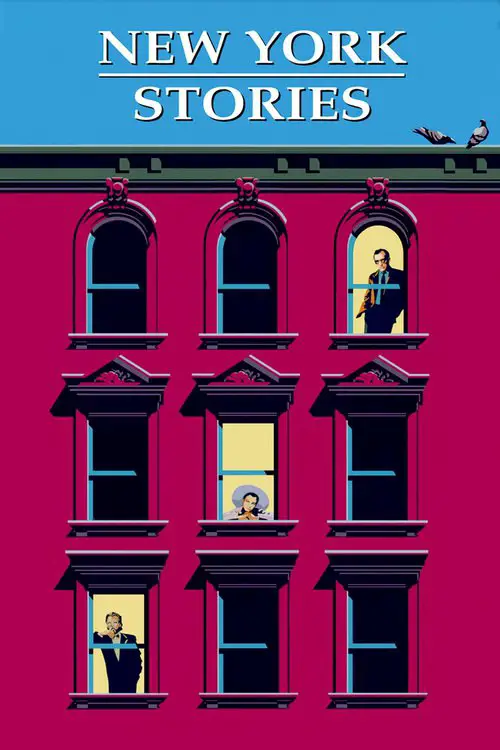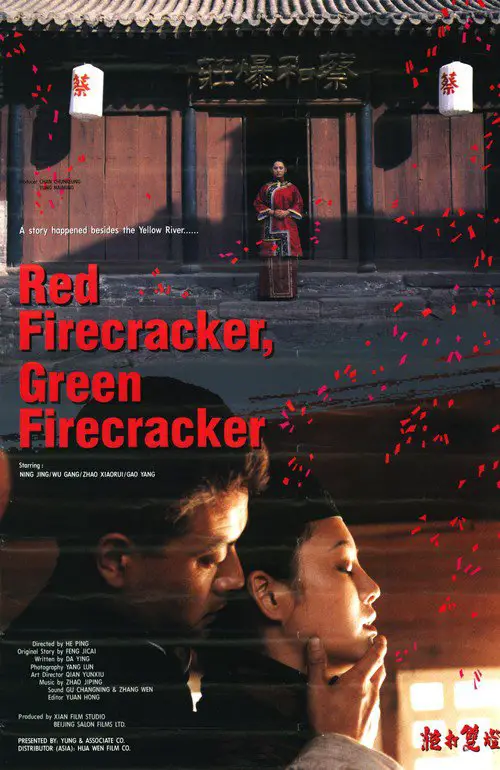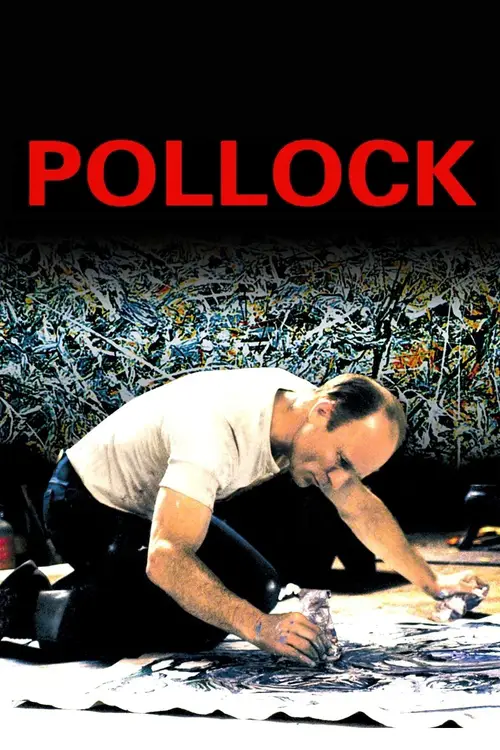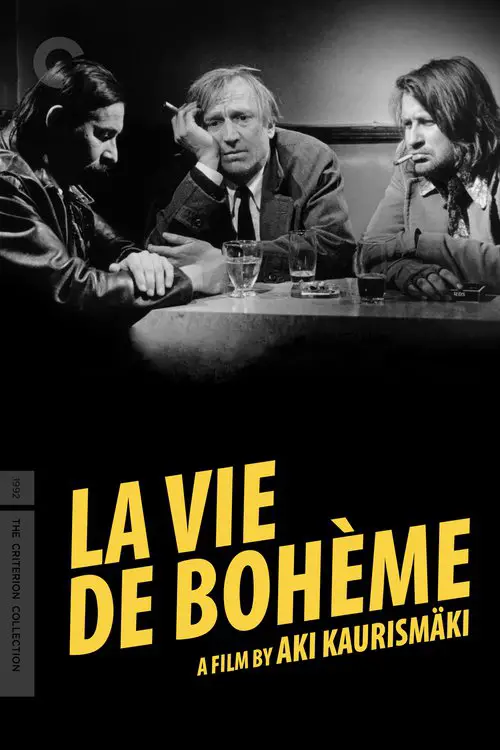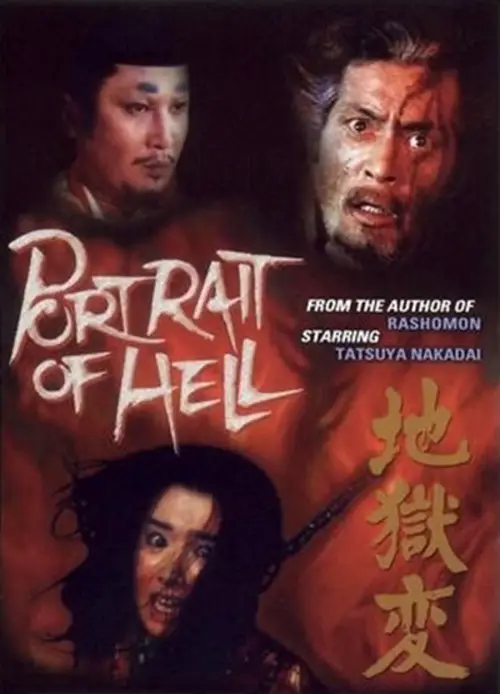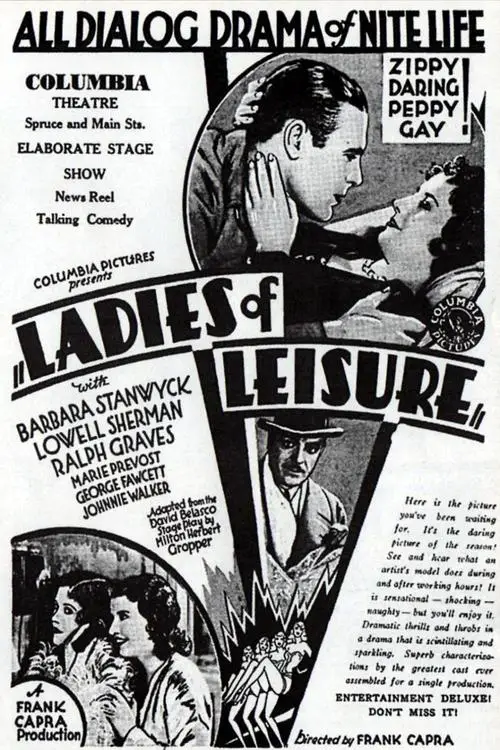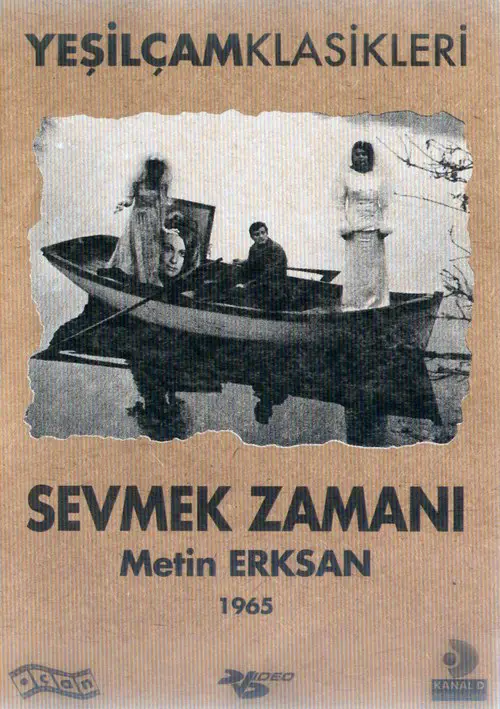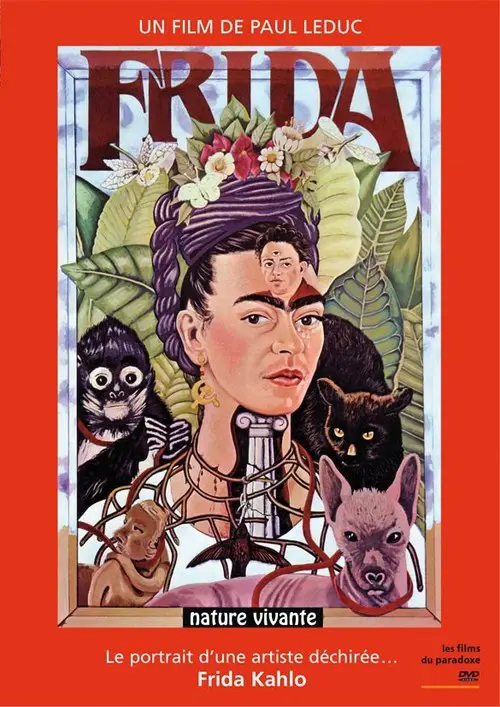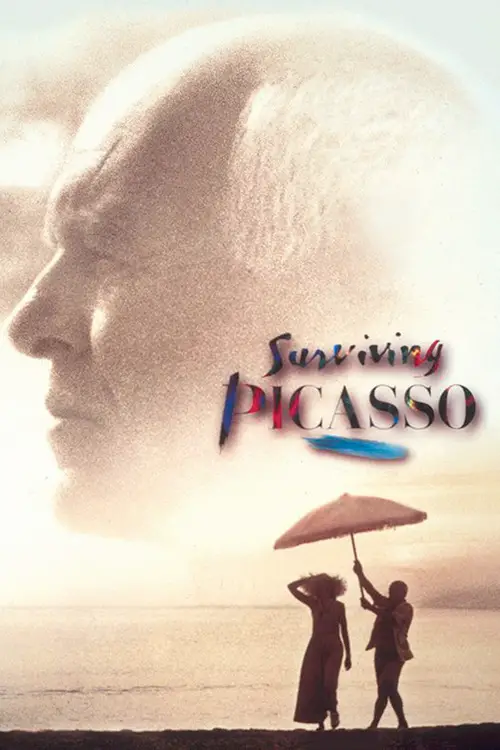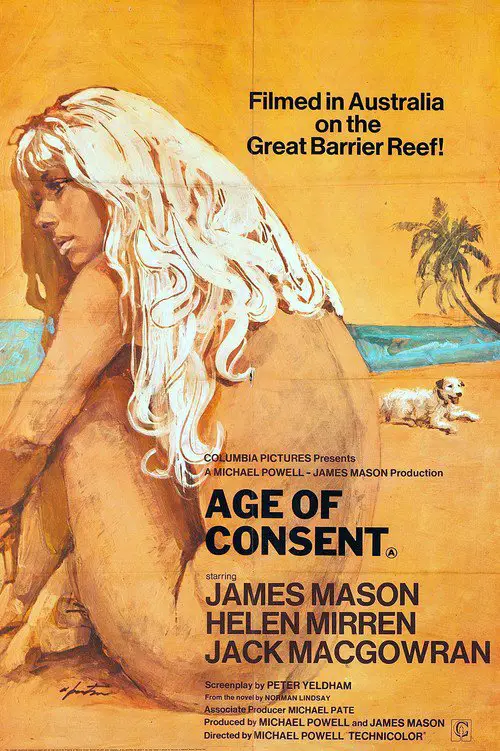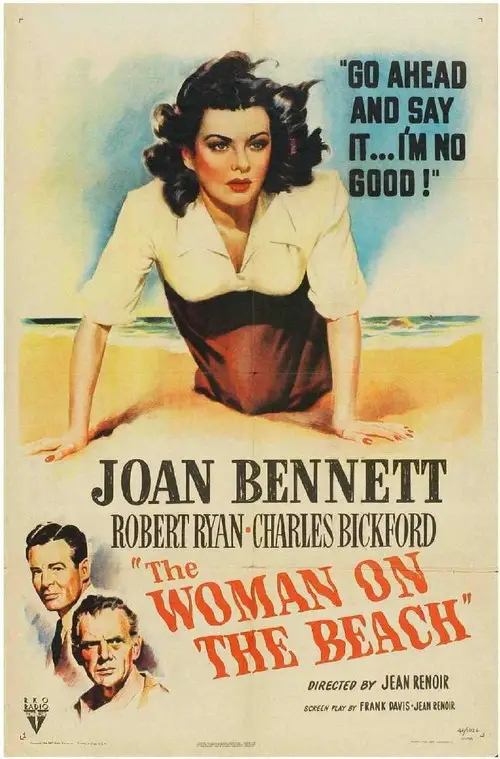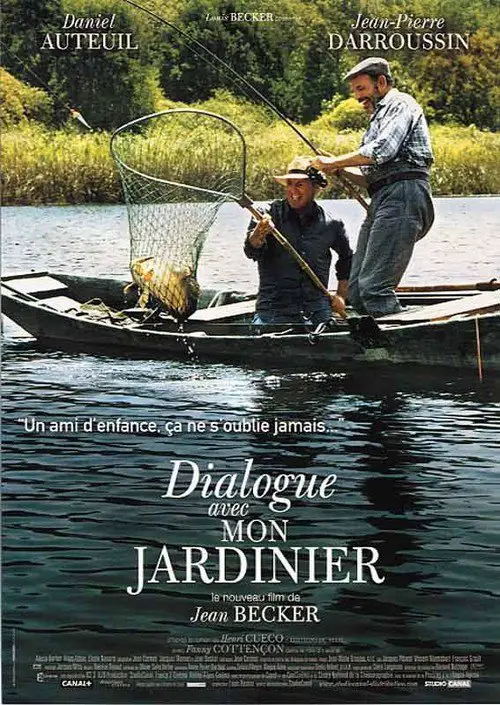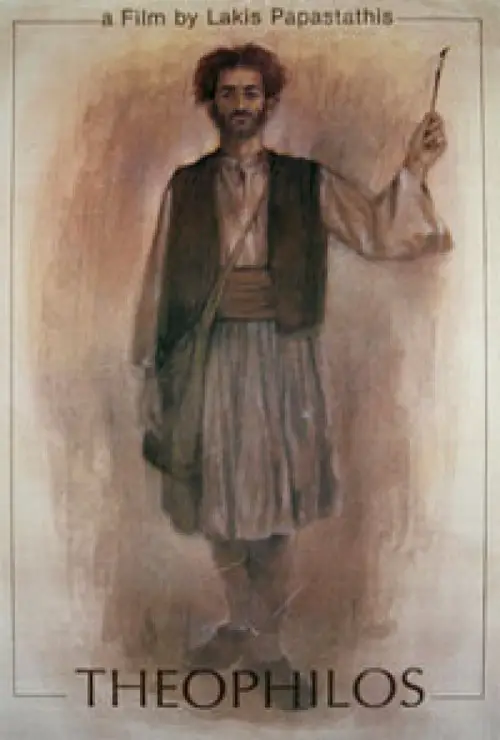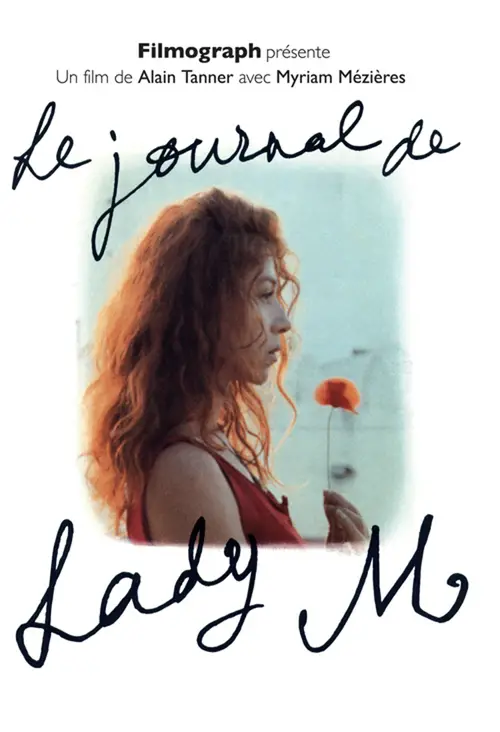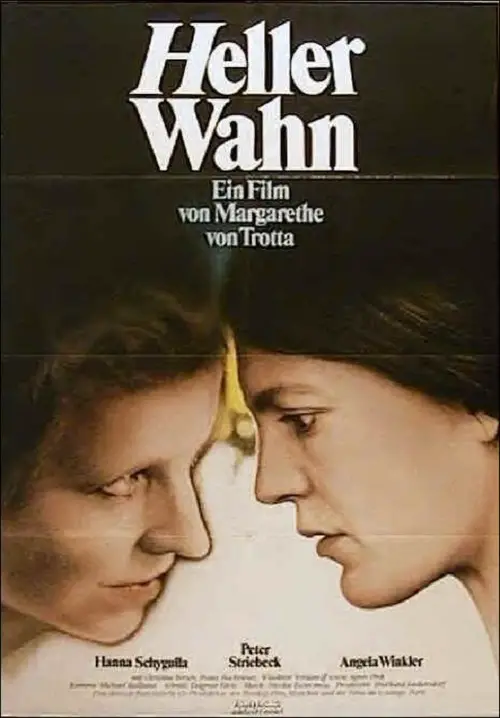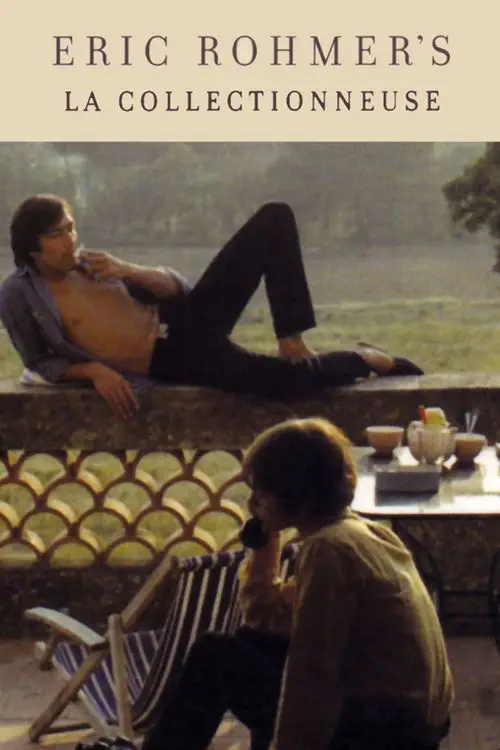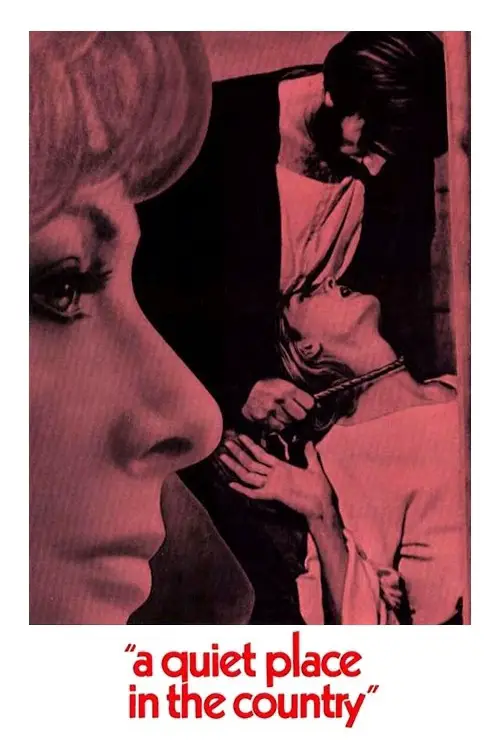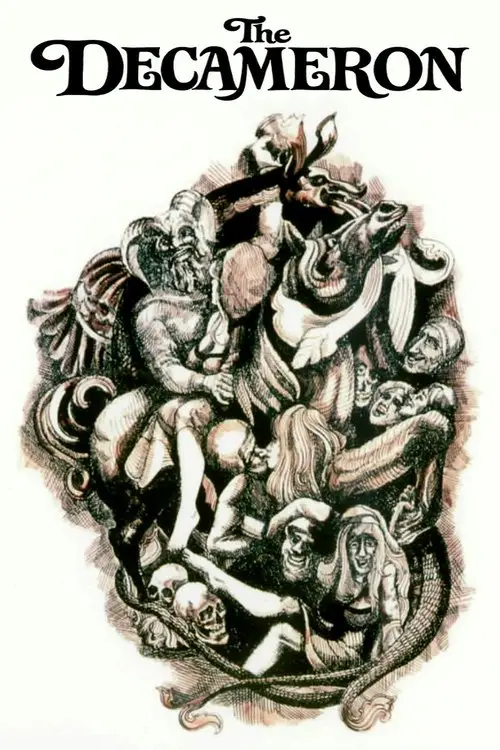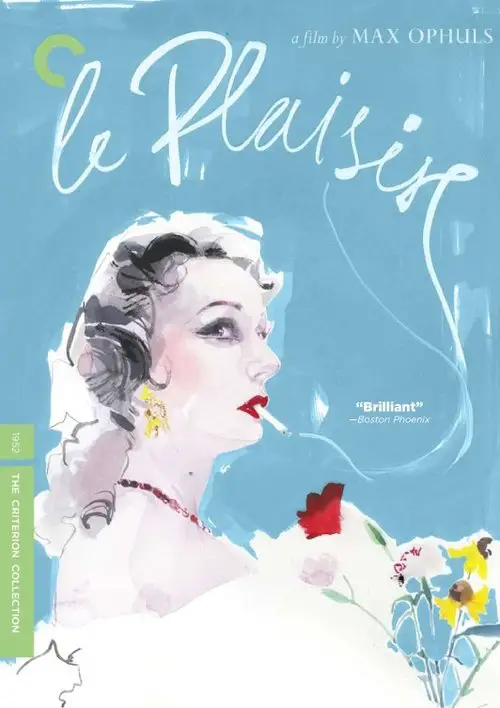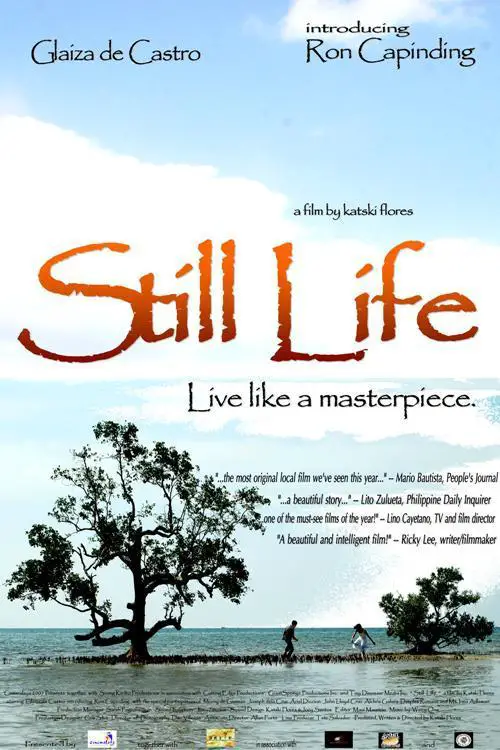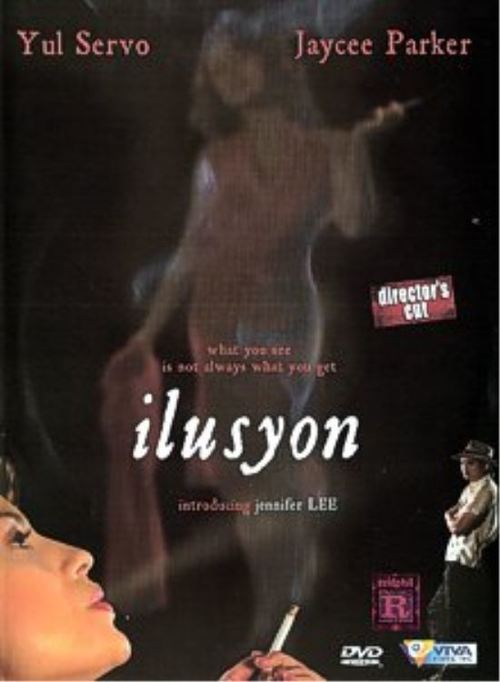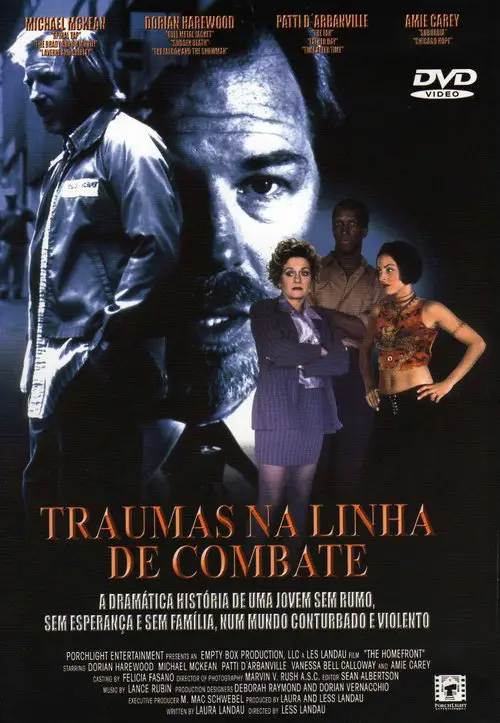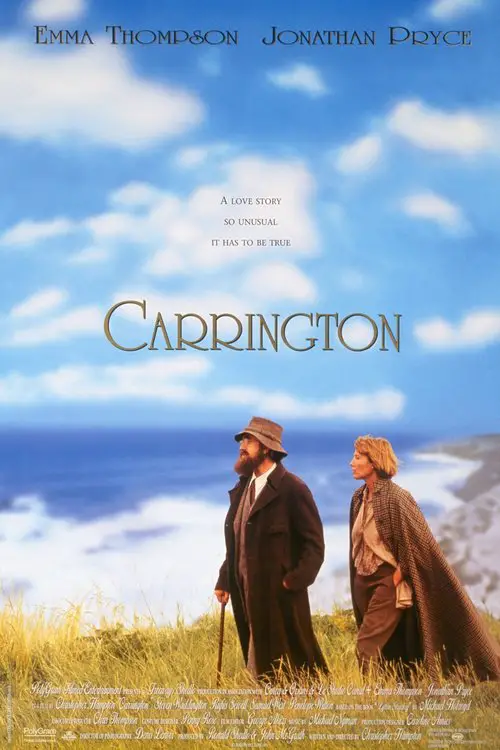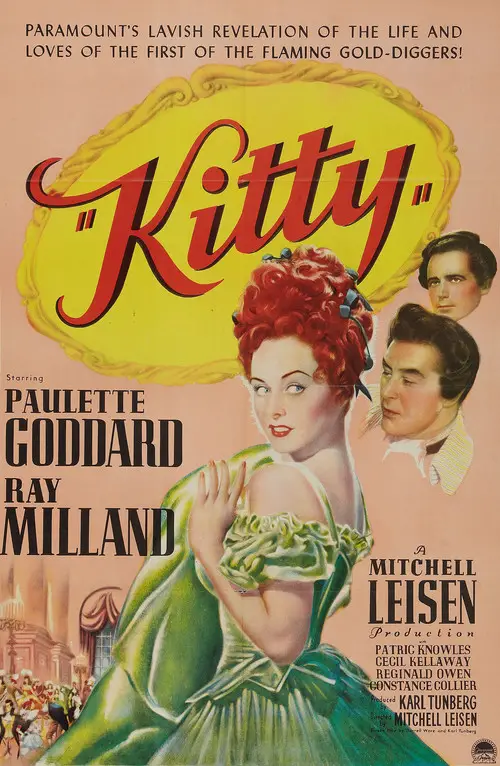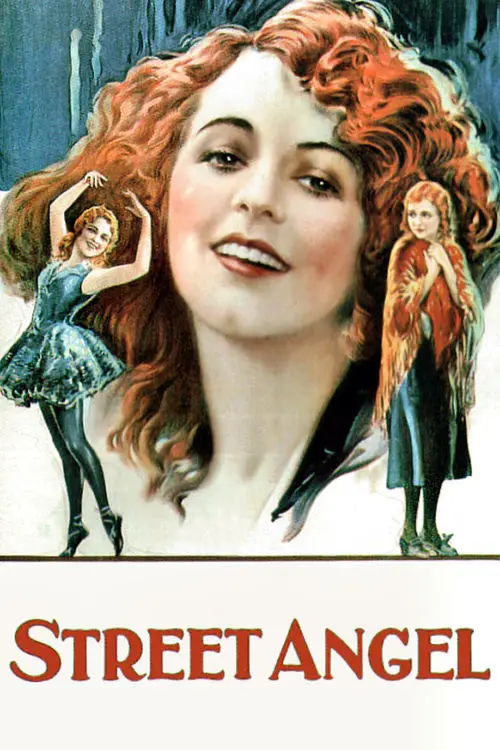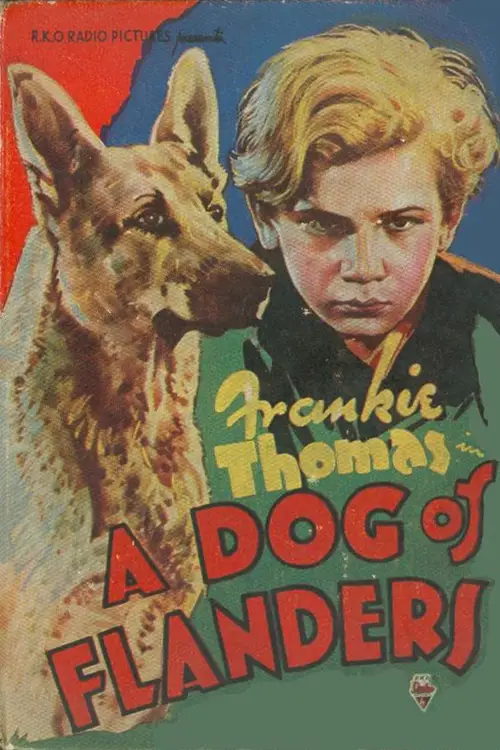The Madonna's Secret (1946)

Similar movies
A man has been killed on the Dover/Boulogne car ferry. What is the connection between him and the attempts being made to kill Jane Kerrell, a young girl in her early twenties? As she speeds through the French countryside to the South of France, several attempts are made on her life as she is deliberately forced off the road by another car. But when she reports these attempts, the local Cap Ferrat Police Inspector and the sinister psychiatrist, Dr. Forla believe these attempts are in her imagination and Dr Forla, concludes that Jane is mentally disturbed. At her wits end Jane finds an ally in the young English painter, Paul Hedley who finally believes her life is in danger following an attempt to murder him. When Inspector Malling of Scotland Yard and Mr. Breese arrive in Cap Ferrat trying to uncover the connection between Jane and the murdered man on the ferry, this thrilling puzzle of international intrigue begins to unravel against the backdrop of the French Riviera.
Dutch painter Jan-Van Rooyer hurries to keep a rendezvous with Jacquleine Cousteau, an elegant, sophisticated Frenchwoman, slightly his elder, whose relationship with him had turned from art student into one of love trysts. He arrives and is confronted by Detective Police Inspector Morgan who accuses him of having murdered Jacqueline. Morgan listens sceptically to the dazed denials of Van-Rooyen as he tells the story of his relationship with the murdered woman. Morgan, after hearing the story, realizes that the mystery has deepened and it becomes more complicated when the Assistant Commissioner, Sir Brian Lewis, explains that Jacqueline was not married but was being kept by Sir Howard Fenton, a high-ranking diplomat whose names must be kept out of the case
Stefano, a young restorer is commissioned to save a fresco representing the suffering of St. Sebastiano. The fresco painter was Legnani, and the fresco is his last work. Legnani apparently was mentally disturbed. He was used to paint people close to die or in agony. These facts together with the strange atmosphere that surround this village near Ferrara, in the north of Italy, contribute to put Stefano in a nightmare reality. Soon reality will change into horror.
In a small Breton town, a 10-year-old girl is found murdered. René, her art teacher, a professional painter, is the last person to have seen her alive. The inspector in charge of the investigation immediately questions him. In this small provincial town where people all know each other and regularly meet at the Bar des Amis, René is increasingly unsettled by the other inhabitants' suspicions and by the inspector's investigation. Children stop coming to him for lessons. His wife, Viviane, a district nurse, protects him and supports him with her love. However, a self-centred media-star writer adds to René's confusion...
Mexican horror film about an American painter named Mary (Cristina Ferrare) who is living in Mexico where she sells her works and also kills people for their blood. It turns out Mary is a vampire but not the traditional one with fangs. Since she has no fangs she must stab or slash the throats of her victims but soon she has a new man (David Young) in her life as well as a mysterious man (John Carradine) in black who appears to be doing the same type of murders.
This film, adapted from a work of fiction by author Tracy Chevalier, tells a story about the events surrounding the creation of the painting "Girl With A Pearl Earring" by 17th century Dutch master Johannes Vermeer. A young peasant maid working in the house of painter Johannes Vermeer becomes his talented assistant and the model for one of his most famous works.
This character study joins the painter at the height of his fame in 1642, when his adored wife suddenly dies and his work takes a dark, sardonic turn that offends his patrons. By 1656, he is bankrupt but consoles himself with the company of pretty maid Hendrickje, whom he's unable to marry. Their relationship brings ostracism but also some measure of happiness. The final scenes find him in his last year, 1669, physically enfeebled but his spirit undimmed.
Biographic film chronicling the last year of the life of the Italian painter Amedeo Modigliani, 1919, who falls in love with a girl from a wealthy family. Her parents are against this relationship and stop financial help. Modigliani worked and died in abject poverty in the Montparnasse Quarter of Paris, France.
A biographical film about the Norwegian Expressionist painter Edvard Munch. It was originally created as a three-part miniseries co-produced by the Norwegian and Swedish state television networks, but subsequently gained an American theatrical release in a three-hour version in 1976. The film covers about thirty years of Munch's life, focusing on the influences that shaped his art, particularly the prevalence of disease and death in his family and his youthful affair with a married woman.
The tragic story of French naïve painter Séraphine Louis aka Séraphine de Senlis (1864-1942), a humble servant who becomes a gifted self-taught painter. Discovered by prominent critic and collector William Uhde, she came to prominence between the wars grouped with other naïve painters like Henri Rouseau only to descend into madness and obscurity with the onset of Great Depression and World War II.
Jerry Mulligan (Gene Kelly) is an exuberant American expatriate in Paris trying to make a reputation as a painter. His friend Adam (Oscar Levant) is a struggling concert pianist who's a long time associate of a famous French singer, Henri Baurel (Georges Guétary). A lonely society woman, Milo Roberts (Nina Foch) takes Jerry under her wing and supports him, but is interested in more than his art.
Paradise Found is a biography about the painter Paul Gauguin. Focusing on his personal conflict between citizen life and his family life and the art scene in Frane. In an incredible imagery montage Gauguin manages to make a successful living in the South Pacific, while being in opposition to France.
Friends of painter Jean-Baptiste Emmerich gather at a Paris railroad station for a four-hour journey to Limoges, where Emmerich wanted to be buried. The dozen travelers include art historian François and his lover Louis, who develops an interest in teenage Bruno. Traveling parallel with the train is a station wagon with Jean-Baptiste's body, and this vehicle is driven by Thierry, husband of Catherine, who's on the train with their daughter. François plays a taped interview with Jean-Baptiste, revealing his sexual appeal to both men and women. Lucie is convinced that she was his main love. Also on board is his nephew, Jean-Marie and Jean-Marie's estranged wife Claire. After the funeral in "Europe's largest cemetery," the story continues in the mansion of Jean-Baptiste's brother Lucien.
The Côte dâAzur. 1915. In his twilight years, Pierre-Auguste Renoir is tormented by the loss of his wife, the pains of arthritic old age and the terrible news that his son Jean has been wounded in action. But when a young girl miraculously enters his world, the old painter is filled with a new, wholly unexpected energy. Blazing with life, radiantly beautiful, Andrée will become his last model, and the wellspring of a remarkable rejuvenation. Back at the family home to convalesce, Jean too falls under the spell of the new, redheaded star in the Renoir firmament. In their Mediterranean Eden - and in the face of his father's fierce opposition - he falls in love with this wild, untameable spirit... and as he does so, within weak-willed, battle-shaken Jean, a filmmaker begins to grow.
Three stories happening in New York. The first, by Scorsese, is about a painter who creates his works helped by high volume music and an attractive assistant; second, by Coppola, is about a rich and bold 12 years old who helps her separated parents to reconciliate; third, by Allen, is a witty piece of comedy about the impossibility of getting rid of the son's role.
A woman inherits her father's fireworks factory, as he had no son. The business does well and everything works in an orderly fashion until one day, an itinerant painter is hired to decorate the doors and vases at the factory. The woman, forbidden to marry and thereby involve outsiders in the factory ownership, finds herself drawn to the headstrong painter. When they fall in love, the situation throws her entire life into disarray
In August of 1949, Life Magazine ran a banner headline that begged the question: "Jackson Pollock: Is he the greatest living painter in the United States?" The film is a look back into the life of an extraordinary man, a man who has fittingly been called "an artist dedicated to concealment, a celebrity who nobody knew." As he struggled with self-doubt, engaging in a lonely tug-of-war between needing to express himself and wanting to shut the world out, Pollock began a downward spiral.
This film is a chronicle of painter Frida Kahlo, and her encounter with the personalities of her time. Despite being confied to a wheelchair as a result of polio, operations and amputations, she faces and traces some of the most colorful and controversial aspects of Mexican history, during the dominant time of Mexican muralism.
A WWII Coast Guard veteran, Lt. Scott Burnett (Robert Ryan), is plagued by nightmares of his combat days. One day, he meets a woman, Peggy Butler (Joan Bennett), walking on a beach, picking up pieces of wood. Butler is married to a grumpy, blind painter, Ted Butler (Charles Bickford). Despite his affections for his fiancée Eve (Nan Leslie), whose father is a boat builder, Scott falls in love with Peggy and soon breaks off the engagement. Peggy reveals that she blinded her husband years earlier by throwing a glass at him during an ugly spat, ruining his career and her own ambitions to be an upper-class socialite. Scott fears that Ted is suspicious that he is having an affair with Peggy and becomes so paranoid that he begins to believe that Ted is faking his blindness â and sets out to prove it. This was the fifth and final American film by the great French writer-director Jean Renoir.
A successful artist, weary of Parisian life and on the verge of divorce, returns to the country to live in his childhood house. He needs someone to make a real vegetable garden again out of the wilderness it has become. The gardener happens to be a former schoolfriend. A warm, fruitful conversation starts between the two men.
Machisu is a painter. He never had the success he thinks he is entitled to. Regardless of this, he always remains trying to be successful. His wife Sachiko keeps supporting him, despite all setbacks. Machisu, the only son of a rich collector, has a childs love for painting. Praise from a famous artist friend of his father inspires the young boy to dream of becoming a painter himself. s a young man, poor loner Machisu manages to attend art school with money earned from working. He is introduced to an unconventional world of bold creativity but he also gets his first bitter taste of harsh criticism from a dealer. Encouragement comes in the form of attractive clerk Sachiko who is convinced that she alone understands him. Marriage is soon followed by a daughter, as love and hope drive Machisu to commit even more deeply to his art ...
Unbeknownst to the 19th-century Greek "primitive" painter Theofilos, other painters around the world at the time were also exploring non-academic subjects, focusing on the everyday lives of ordinary persons. In the U.S., the group of painters who chose such subjects were dubbed "the Ashcan school." Though Theofilos remained unknown in his lifetime, this biographical drama explores the painter's life from his birth on the Isle of Lesbos (Lesvos) in 1868 to the time when he developed his characteristic style, following his discharge from the Greek army.
She's a beautiful gifted performer, but her work is not the sort that invites popular acclaim. Despite the fact that she is unlikely to become famous, she enjoys her life as a performer who lives just outside the mainstream. Awaiting her backstage one evening is a Spanish painter who has seen her show and wants to make her acquaintance. They walk around Paris getting to know one another, and then the painter returns to Spain. Something about the man has moved Lady M to passion: she flies to meet him in Barcelona and he shows her his beloved Catalonia. This time, however, their relationship is as much about passionate lovemaking as it is about compatibility. So smitten is Lady M with her new man that when she discovers that the painter has a black wife and child, she is only a little bit taken aback and she invites his whole family to join her in Paris. Surprisingly, they do, and the number of people sharing their love and sexual appetites changes from two to three.
Olga and Ruth become friends. Olga is independent, separated from her husband, living with an immigrant pianist, and teaching feminist literature. Ruth is withdrawn, a painter, possibly mentally ill. Ruth dreams in black and white, sometimes of her suicide. Olga lectures on a 19th-century writer, von Günderrode, a suicide after the breakup of her intense friendship with Bettina Brentano. Ruth's husband Franz encourages the women's friendship, then, as Olga draws Ruth out and the friendship deepens, he becomes jealous. After the women travel to Egypt, Franz has a tirade. Ruth seems crushed between her husband and her friend, and how she responds is the film's climax.
A successful artist looks back with loving memories on the summer of his defining year, 1974. A talented but troubled 18-year-old aspiring artist befriends a brilliant elderly alcoholic painter who has turned his back on not only art but life. The two form what appears to be at first a tenuous relationship. The kid wants to learn all the secrets the master has locked away inside his head and heart. Time has not been kind to the old master. His life appears pointless to him until the kid rekindles his interest in his work and ultimately gives him the will to live. Together, they give one another a priceless gift. The kid learns to see the world through the master's eyes. And the master learns to see life through the eyes of innocence again. This story is based on a real life experience.
An adaptation of nine stories from Bocaccio's "Decameron": A young Sicilian is swindled twice, but ends up rich; a man poses as a deaf-mute in a convent of curious nuns; a woman must hide her lover when her husband comes home early; a scoundrel fools a priest on his deathbed; three brothers take revenge on their sister's lover; a young girl sleeps on the roof to meet her boyfriend at night; a group of painters wait for inspiration; a crafty priest attempts to seduce his friend's wife; and two friends make a pact to find out what happens after death. Pasolini is up to his old tricks satirizing the Church, and throwing in liberal doses of life and love
Three stories about the pleasure. The first one is about a man hiding his age behind a mask to keep going to balls and fancying women - pleasure and youth. Then comes the long tale of Mme Tellier taking her girls (whores) to the country for attending her niece's communion - pleasure and purity. And lastly, Jean the painter falling in love with his model - pleasure and death.
Set in Philippine post-American colonialist era, where the American influence was still apparent, Ilusyon tells the story of Miguel, a young man from the countryside, who decides to visit his father, Pablo, a Modernist painter in Manila. Upon his arrival, he discovers that his father has decided to leave for the province but he opted to stay in Manila for a vacation. One day, he meets Stella, a nude model originally scheduled to pose for Miguel's father. Struck by her beauty, Miguel does the unthinkable - he pretends to be his father the painter. Developing a relationship based on a lie, things turn for the worse as Stella begets a strange skin disease that turns off Miguel. Surrounded by strange characters - a talking cow, a talkative mailman and a nosy landlady - Miguel is driven into a frenzy realization about beauty, lust, love and being true to oneself. An ambiguous ending underlines the surreal tone of the film.
Vietnam veteran Archibald Wright works as a house painter. One family he paints a house for has a problem he can relate to: Elaine, a woman who hired him, left his husband J.P., also a Vietnam vet while he was in 'Nam, and J.P. became an alcoholic. Archibald tries to help their daughter Tory to maintain a connection with J.P., and Elaine is strongly against it.
The story of the relationship between painter Dora Carrington and author Lytton Strachey in a World War One England of cottages and countryside. Although platonic due to Strachey's homosexuality, the relationship was nevertheless a deep and complicated one. When Carrington did develop a more physical relationship with soldier Ralph Partridge, Strachey was able to welcome him as a friend, although Partridge remained somewhat uneasy, not so much with Strachey's lifestyle and sexual orientation as with the fact that he was a conscientious objector.
London, 1783: Kitty, a saucy wench of the slums, meets the painter Gainsborough by stealing his shoes. He paints her as an "anonymous lady" who excites the interest of his noble friends, notably penniless Sir Hugh Marcy, who schemes to pass Kitty off as a genuine lady (a formidable task) and marry her off for financial gain.
The former famous painter Frenhofer lives quietly with his wife on his countryside residence in the French Provence. When the young artist Nicolas visits him with his girlfriend Marianne, Frenhofer decides to start again the work on a painting he long ago stopped: La Belle Noiseuse. And he wants Marianne as model. The now starting creative process changes life for everyone. It is a struggle for truth, life and sense, and the question where the limits of arts are or whether art is limitless.
© Valossa 2015–2026
| Privacy Policy
